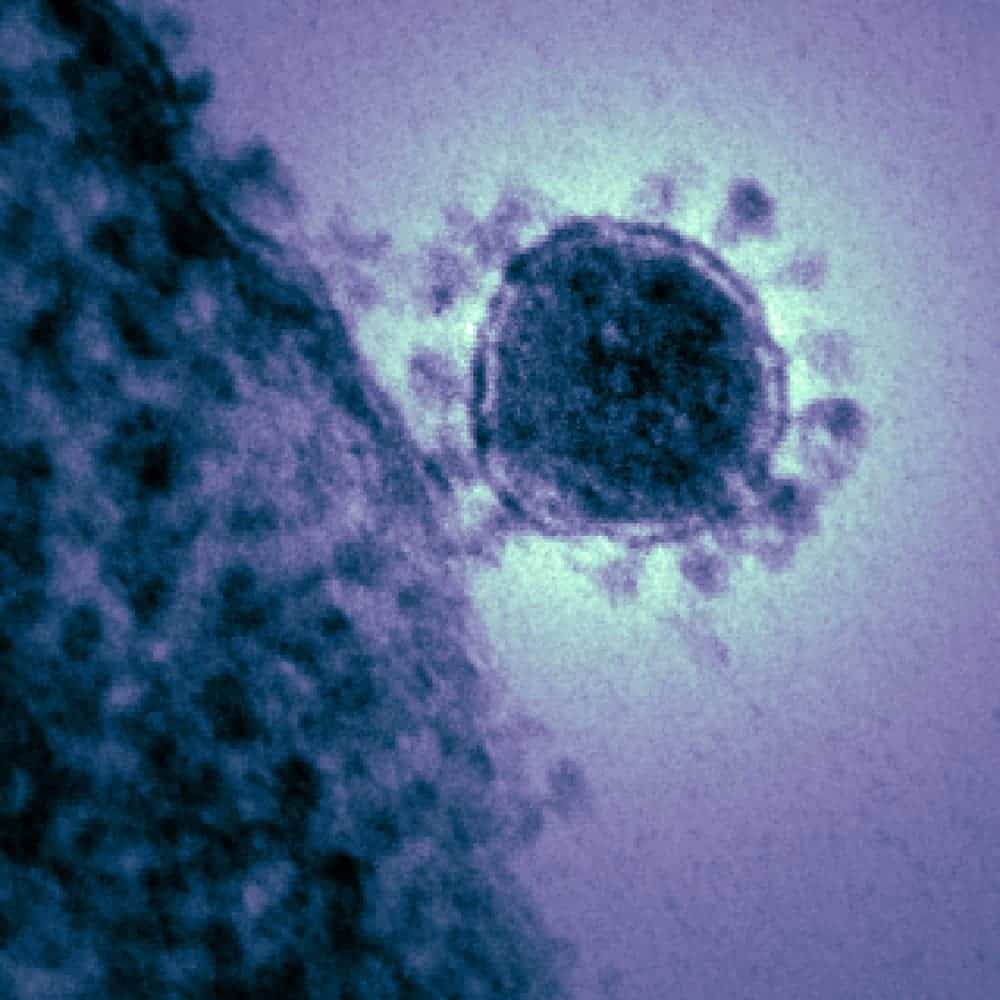Following an outbreak in Wuhan, China in December, hundreds have already been infected with a new Chinese coronavirus. Cases have already been found in the US, Hong Kong, Thailand, Japan, South Korea, and the Philippines, with people also being tested in the UK.

Experts over the world are on high alert but the World Health Organization (WHO) said it’s too early yet to declare an international public health emergency. As doubts and misinformation are all over the place, here’s a clear guide on everything you should know on the coronaviruses.
This is a guide to coronaviruses in general, not necessarily restricted to the new virus.
What are the coronaviruses?
Coronaviruses are of the group of viruses that cause a wide array of illnesses that go from a common cold to more severe problems such as severe acute respiratory syndrome (SARS) and the Middle East respiratory syndrome (MERS).
They are common among animals and in rare cases, which scientists call zoonotic, they can be transmitted from animals to humans. SARS, for example, was believed to have been transmitted from civet cats to humans.

The actual name coronavirus originates from the Latin word corona, which means crown or halo. When looking at it through an electron microscope, the virus resembles a solar corona. Now, a novel coronavirus was identified by Chinese authorities, which hadn’t been previously identified in humans.
What are the symptoms of coronaviruses?
Coronaviruses can make people sick with a mild to moderate upper respiratory tract illness, similar to a common cold. The symptoms usually include cough, sore throat, headache, runny nose and a fever that can last for a few days.
The virus can cause much more serious respiratory tract illnesses such as pneumonia in individuals with a weakened immune system such as the elderly and the very young. A handful of human coronaviruses are also known to be deadly.
The MERS virus was first reported in the Middle East in 2012 and caused respiratory problems with severe symptoms, with three to four out of every 10 patients with MERS have died. Meanwhile, SARS has also caused severe symptoms such as diarrhea and kidney failure.
How do the coronaviruses spread?
Coronaviruses can spread from human contact with animals. While MERS started with camels and SARS with civet cats, officials don’t know yet what animal may have caused the current outbreak in China.
Human-to-human transmission of the viruses happens when someone comes into contact with the secretions of an infected person. A sneeze, a handshake or a cough can cause exposure, depending on how virulent the virus is.
At the same time, the coronavirus can also be transmitted by touching something that an infected person has touched and then touching your mouth, nose or eyes. In the case of the Wuhan coronavirus, human-to-human transmission has been confirmed, with experts now studying who is transmitting the most.

Is there a treatment for coronaviruses?
There isn’t, but there’s research underway. Usually, symptoms just go away on their own, with experts suggesting seeking care early. If the symptoms feel worse than just a normal cold, it is advisable to go to a doctor, who can help with pain or fever medication.
Can the coronaviruses be prevented?
There’s no vaccine to protect against this family of viruses, but there are trials for one underway. The United States National Institute of Health is now working on a vaccine against the new virus, but it will take at least a year until it might become available.
The risk of infection could be reduced by avoiding people who are sick and not touching your eyes, nose, and mouth. Washing your hands often with soap and water for at least 20 seconds can also help.
What about pregnancy and coronaviruses?
The more severe versions of the MERS and SARS coronaviruses have proved to be serious. There were cases in which a woman infected with MERS had a stillbirth, a study from 2014 showed. Illnesses associated with SARS were also linked to cases of spontaneous abortion and maternal death, according to a 2004 study.






